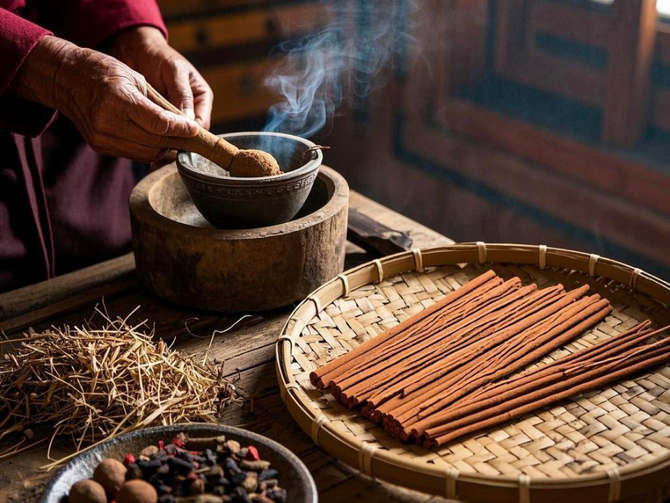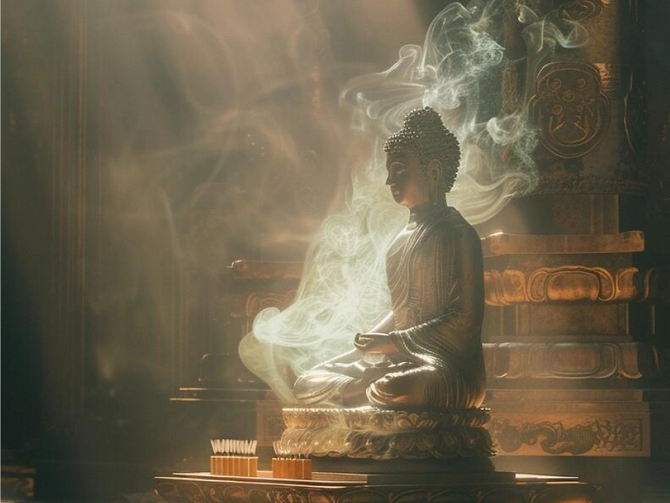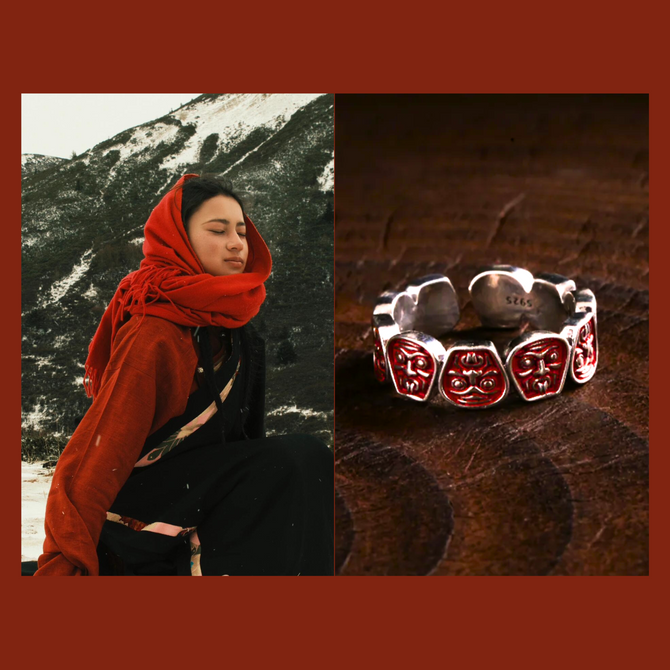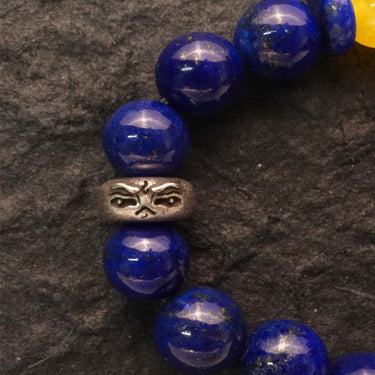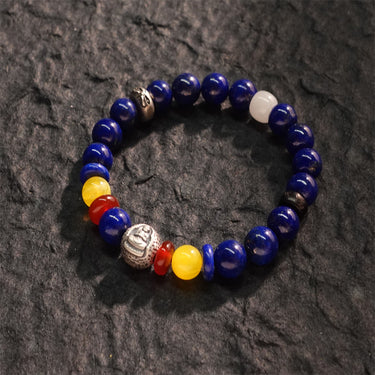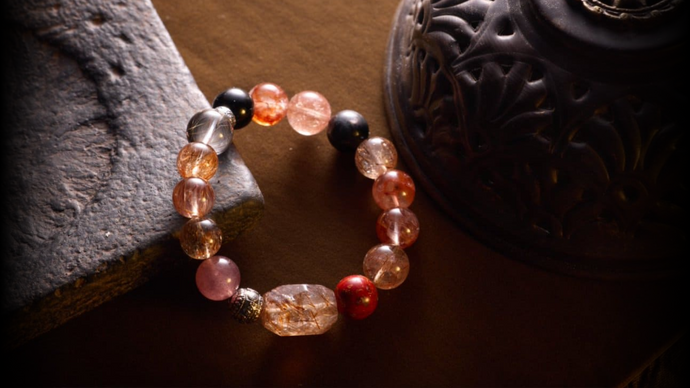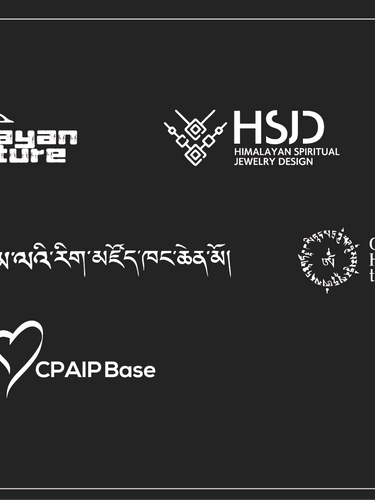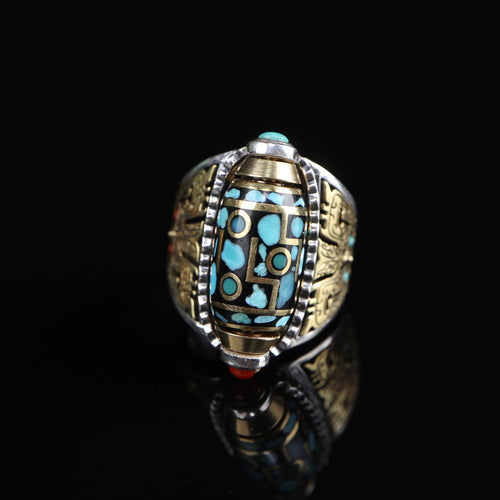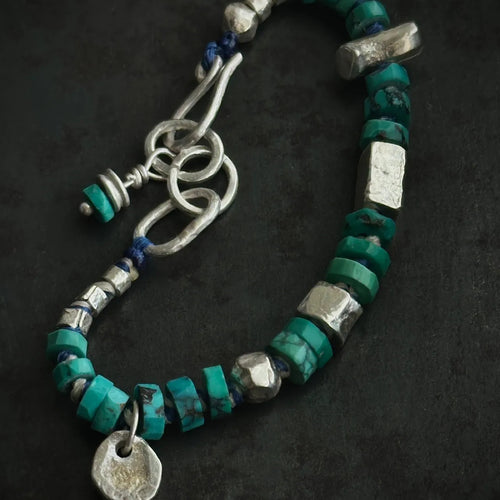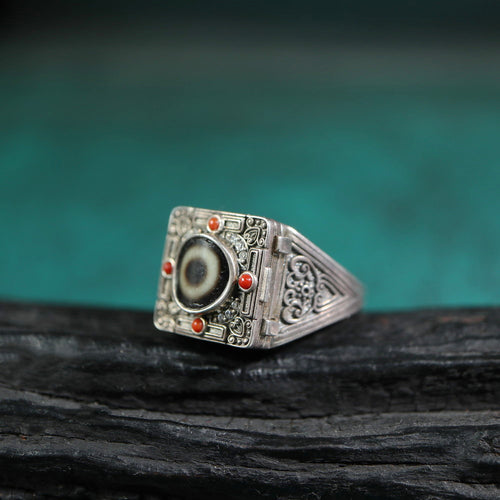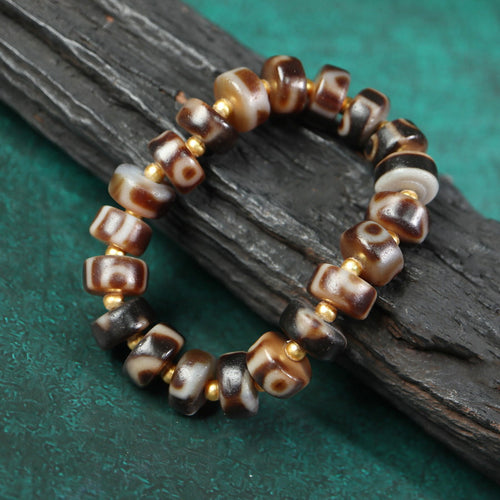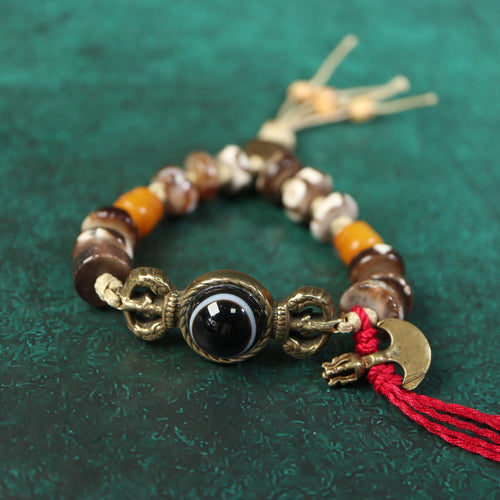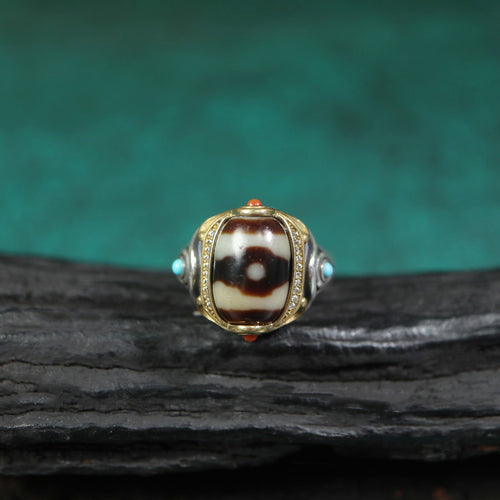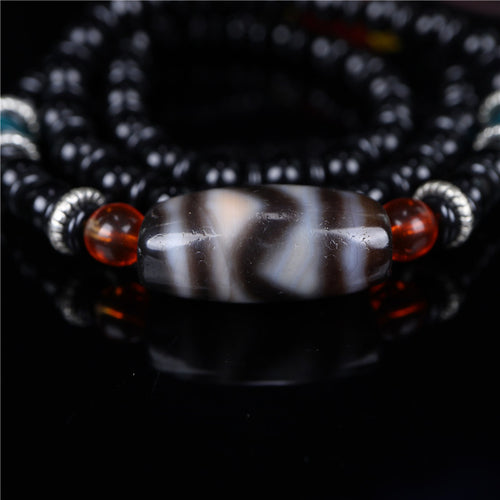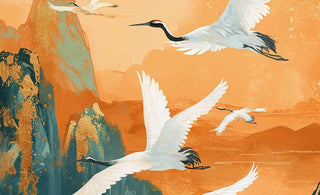
At Oriental Aesthetics, we are passionate about preserving and promoting the rich cultural heritage of Oriental art. With our systematic and high-quality professional services, we cater to the needs of oriental artists, collectors, as well as enthusiasts who appreciate and love classical oriental art. In this article, we explore the captivating world of crane motifs in Oriental art, delving into their application and cultural significance.
The Symbolism of Cranes in Oriental Art
The crane occupies a pivotal place in Eastern art, and its symbolism is profound and unique. The crane has long been regarded as a representation of longevity, good fortune and the perfect blend of aesthetics. This elegant bird is revered for its extraordinary presence and has become the embodiment of the ideal in Eastern culture.
The symbolism associated with the crane is rooted in ancient beliefs and legends that have been passed down through history, shaping the image of the crane in Eastern culture. The crane is often depicted as a mystical creature with close ties to supernatural forces such as immortals and Taoist priests. It is believed to be a messenger capable of delivering messages and guiding souls, and this symbolism gives the crane a special place in Eastern art.
In Oriental art, the image of the crane often appears in paintings, sculptures, ceramics and other art forms. Artists express their pursuit of longevity, good fortune and aesthetics by portraying the crane's elegant posture and flowing feathers. These works not only show the artists' exquisite skills, but also convey profound philosophical thoughts and concepts of life.
In conclusion, the importance of the crane in Oriental art is closely related to the symbolism it represents. This symbolism is rooted in ancient beliefs and stories, which are passed on and carried forward through the artists' creations. The image of the crane not only represents longevity, good fortune and aesthetic fusion, but is also a spiritual symbol of oriental culture that profoundly influences people's thoughts and aesthetic concepts.
Depictions in Chinese Art
In Chinese art, the crane motif is highly regarded for its unique charm and rich cultural connotations. Using ink and brush as a medium, Chinese artists skilfully capture the essence of the crane and incorporate its image into their paintings. Their brush strokes are fluid and rhythmic, depicting the elegance and beauty of the crane with breathtaking precision.
On the canvas, the cranes' lines are smooth and vivid, as if they are dancing. Every stroke and every ink is just right, showing the dynamic and static beauty of the crane. The details of the crane's posture, feathers, and eyes are all portrayed in the best possible way, making the picture amazingly lifelike.
In addition to the crane itself, artists often combine the crane with other symbolic elements to enhance the symbolism of the picture. For example, the crane is paired with pine trees, bamboo or running water to make the image richer and more meaningful. The pine tree represents longevity and resilience, the bamboo symbolises purity and modesty, and the flowing water signifies purification and renewal. The combination of these elements with the crane together conveys a deeper cultural connotation and meaning.
Overall, in Chinese art, the crane motif is not only a beautiful visual representation, but also a cultural symbol and a sign of spirituality. Through the artist's skillful hands and brushwork, the image of the crane is eternally fixed in the picture, evoking a sense of awe and tranquility within people.
Japanese Art and the Crane
In Japanese art, cranes also hold significant cultural importance. The graceful movements of cranes are captured in traditional Japanese paintings, known as "kacho-e." These artworks depict the natural world, incorporating cranes as symbols of good fortune, longevity, and happiness.
In addition to paintings, cranes are prevalent in other Japanese art forms, such as origami and kimono designs. Origami cranes, folded meticulously from paper, are believed to bring good luck and are often used as decorative elements. Cranes also adorn traditional kimono patterns, adding a touch of elegance and grace to the garment.
Korean Art and the Crane
The crane's symbolism extends to Korean art as well. Korean artists have incorporated crane motifs in various mediums, including paintings and ceramics. In traditional Korean paintings, cranes are often depicted in landscapes, soaring against the backdrop of mountains and rivers. These paintings exude a sense of tranquility and harmony, reflecting the deep appreciation for nature in Korean culture.
In Korean ceramics, cranes are intricately painted onto pottery, adding a touch of elegance and symbolism. These pieces showcase the exceptional craftsmanship of Korean artisans and serve as enduring testaments to the cultural heritage associated with crane motifs.
Conclusion
At Oriental Aesthetics, we strive to celebrate and preserve the cultural heritage of crane motifs in Oriental art. Through our systematic and high-quality professional services, we connect oriental artists, collectors, and enthusiasts, fostering a deeper appreciation for the fusion of longevity, auspiciousness, and aesthetics embodied by crane motifs. Our commitment to excellence drives us to provide exceptional artworks, ensuring that the legacy of crane motifs in Oriental art continues to captivate and inspire generations to come.


